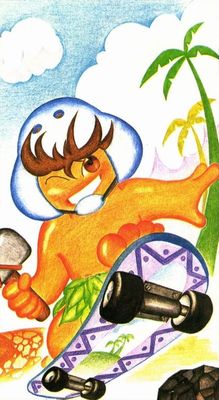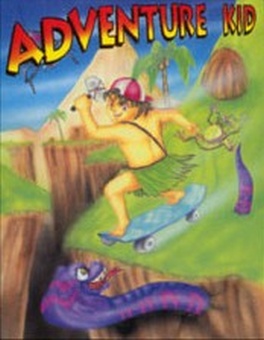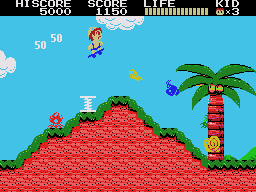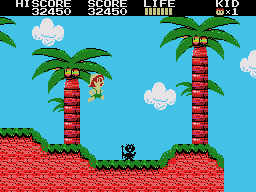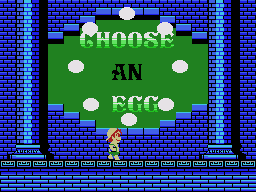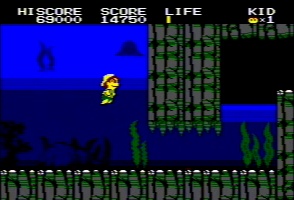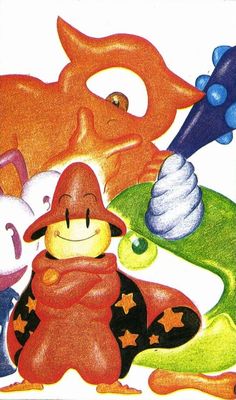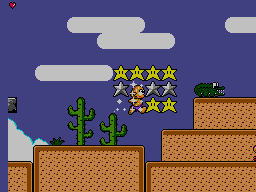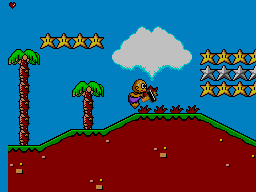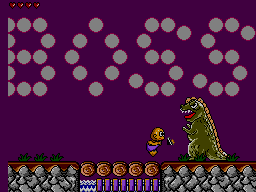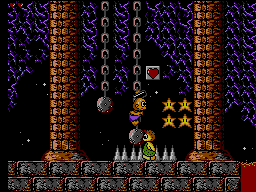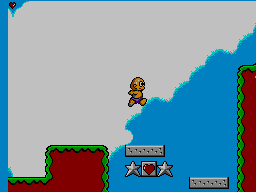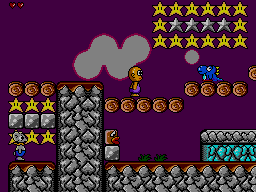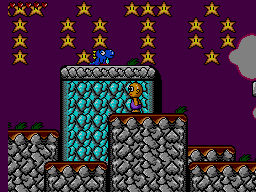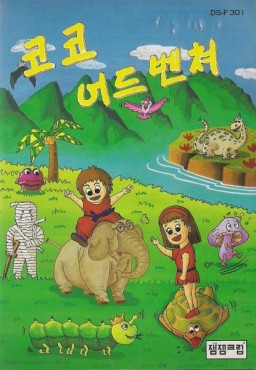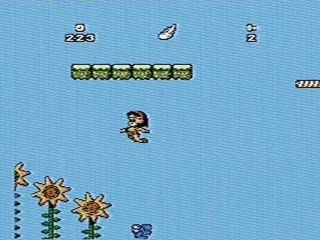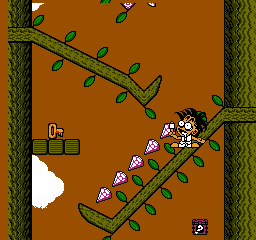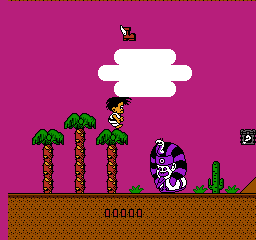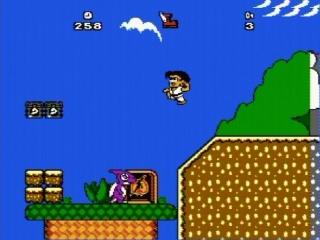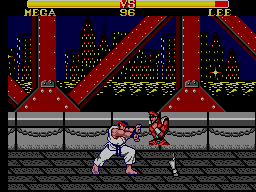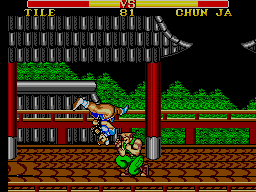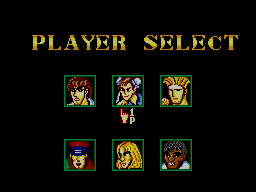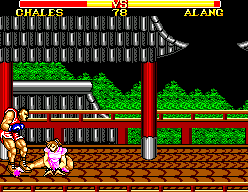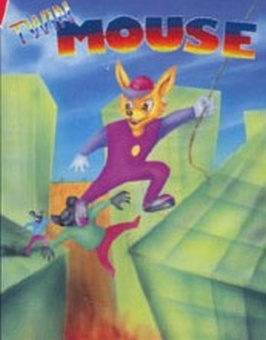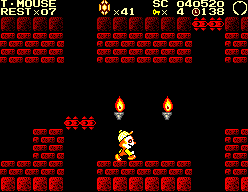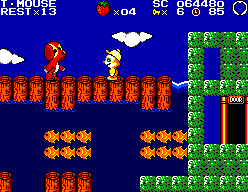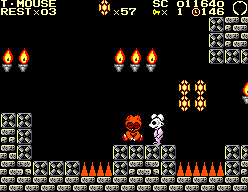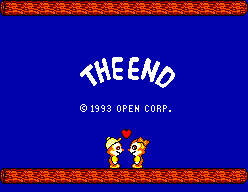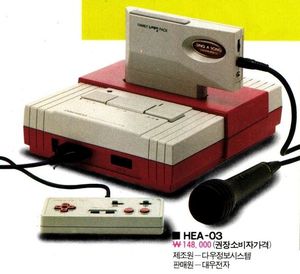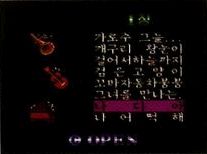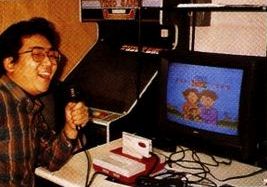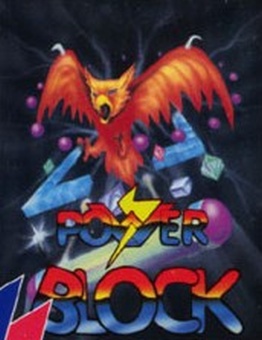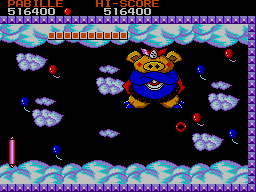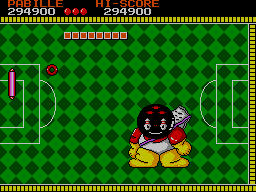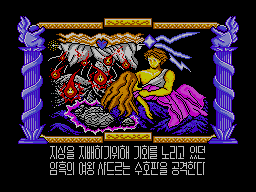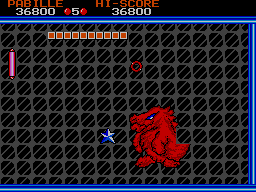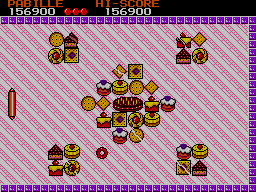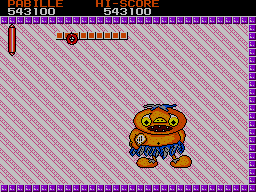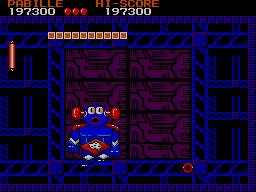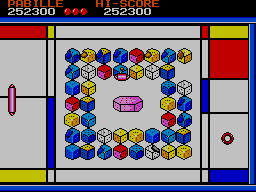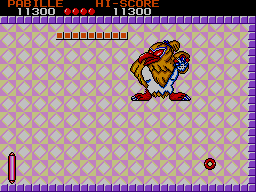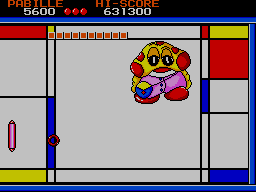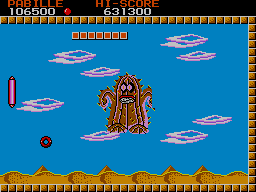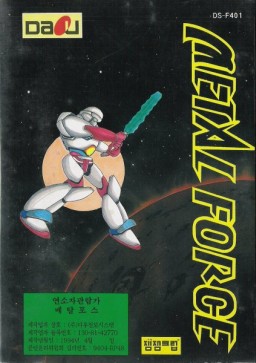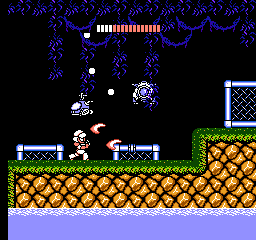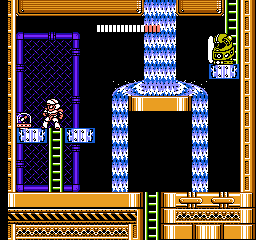A History of Korean Gaming
|
<<< Prior Page |
|
Open: |
열림 기획 Open Production
|
Founded: |
May 20, 1992 |
|
Status: |
defunct (ca. 1998) |
|
Key People: |
金乙錫 김을석 Kim Eulsuk: |
|
Website: |
none |
At the end of the Saehan Sangsa / Zemina alliance, Kim Eulsuk formed his own independent development studio, employing several former Zemina programmers and freelancers like Koo Eunjoong, Lee Sanghun, Lee Kyuhwan and Lee Sangyoun (although the latter two didn't stay with the company for long). A year later, they became a second party developer for Daou Infosys, a partnership that produced more 8-bit console games than anyone else at the time. Other products were cheat modules for the Mega Drive and Super Famicom (the former was also capable of transferring data between the console and a PC). In late 1993 Open announced their merger with the PC developer Namu, who were then working on three games, but in the end only one of those saw the light of day (although at least the Jeong brothers were later involved in other Open games).
Two years after the failed Daou-Innovation deal (see the Daou profile), a bunch of Open games actually made it to new shores. An Australian distributor of unofficial video game carts, HES, released a cartridge called 4 Pak All Action in 1995, which contained four games by the Korean developer. It is believed that only 5000 carts were produced1.
Mega Drive developments were planned as well, but a while after Daou Infosys stopped investing in the console business, Open went with the tide as well and moved their efforts completely towards the PC2, for which they also released an emulated MSX compilation with 64 games. On March 18, 1996 Open created a sister company called Open Tech, which was from then on in charge for the production of peripherals and game publishing3, but also pursuited its own interests as a PC hardware and network technology producer. Open Tech is still in business today, but the original Open seems to have just disappeared some time in 1998, after trying out all kinds of endeavors like vending machines for batteries, DVD & MP3 based karaoke machines, or remote controlled fragrance dispensers4.
In 1999, a company called CineOpen, which reused Open's logo design, started to publish russian games and movies, but how it relates to the old Open is unknown.
Games
원더키드 (Wonder Kid) / Adventure Kid - MSX, Master System (1992)
Open's first game was most likely the finished version of Zemina's unreleased game Wonsiin 2, judging by the theme and the time of its release. The game is described as an Wonder Boy / Adventure Island 2 clone and has been criticized for lacking in its technical execution, especially the scrolling, as the game originated on the MSX and was merely converted for the Master System version.
The game takes the scenario and gameplay elements like dinosaur mounts from Adventure Island II, but also features vertical stages where one has to get from the bottom to the top or vice versa and new boss fights in every 2nd of its eight worlds, which have 4 stages each. There's also secret bonus stages, which can accessed by finding hidden, invisible keys.
The Korean cartridge hasn't resurfaced in recent times so far, but the game was included on HES' 4 Pak as Adventure Kid. It was previously featured on Innovation Technology's ad, but shared the fate of all localizations announced by Innovation.
토토월드 3 (Toto World 3) / Cave Dude - Master System (May 1993)
This platformer starring a little bald caveman mixes the traditions of Zemina's Super Boy with the theme of Wonsiin. The gameplay is still very Mario-inspired, but other than a few minor sprites like the stars and the weeds, that look like ripped straight from Mario games, everything in this game is completely original content. Makes one really wonder why they compromised their effort with such tiny things.
The structure is quite simple: Toto walks from left to right until he reaches the goal, just like any primitive platformer. On his way he collects various extras and whacks enemies with his hammer. Every world concludes with a boss fight, which doesn't ask too much from the player in terms of strategy, either. Toto World 3 is completely devoid of surprises, but nonetheless a solid platformer with very responsive controls and a fair difficulty progression.
There has been a lot of puzzling about the number three in the title, but the answer is actually quite simple: Zemina's Wonsiin tells the story of the "little caveman Toto" on the back of the box. Part 2 has most likely been released as Wonder Kid (see above), which makes this the third game in the series. Why Open chose this rather confusing title (early previews even introduced it as just Toto World, without the number) remains a mystery, though.
Toto World 3 has been advertised by Innovation as Cave Dude, a title with which it was eventually released in Australia on the HES cart.
코코 어드벤쳐 (Koko Adventure) / Buzz & Waldog - Famicom (Mai 1993)
Korean Cover
Koko Adventure was released simultaneously with Toto World 3, only on the Famicom. In fact, both games were initially announced as ports of the same game, but were not quite the same even then. They still share a few assets, though, and some bosses and melodies will be very familiar when playing both games sequentially.
Koko Adventure is even more akin to Super Mario World, Koko and his sidekick can slide down slopes by pressing down, and destroy blocks with a spinning jump (which is also the only way to hurt enemies here). The stages are not quite as linear, anymore, as the heroes have to find a number of keys in each of them before they can open the door to the next level. The powerups revolve around venusprojectanding Koko's jumping abilities, first he learns a double jump, and he is even able to fly a bit with the second upgrade.
Innovation originally planned to bring the game to the US, together with The Dinosaur Dooley. Open provided a localized version for the North American market, in which the game was renamed Buzz & Waldog and Koko's girlfriend(?) replaced with the ugly Waldog. But like Daou's shoot 'em up / platformer hybrid, Buzz & Waldog was cancelled. Fortunately, both games got restored and leaked to the public more recently5, other than the Korean version, which remains a rarity.
장풍 II (Jang Pung II) - Master System, Game Gear, Mega Drive (December 20, 1993)
Jang Pung II is titled after the Korean "nick name" for Street Fighter II. For a long time, only the Game Gear port of this was known, which is simply the worst Street Fighter pirate clone ever. The controls are far, far beyond horrible, nothing works, the sprites flicker like hell, the music sucks, the animation sucks, everything sucks. The Master System version is a bit better, but still suffers from terrible controls.
Featured are six characters from the original game, all with weird name changes. Ryu became Lee, which was probably enough for the team to make him a Korean character, then there's Chun Li as Chun Ja (Alang on the SMS), Guile became Tile (Eric on SMS), the dictator is known as Mega (V. King on SMS). For Ken, who is a true pallete swap for Ryu in this game, it was enough to change the spelling to "Can" (James on SMS), while Capcom's real-life person inspired boxer was decyphered to Tison. (He is called Chales on the Master System.) The fighters all look like downsized versions of the original, only Guile got a cool redesign in the SMS version, and the dictator a much less cool one.
Since the game is a port of Street Fighter II, a "Jang Pung I" might not exist. Zemina's Street Master could be a predecessor, but since both games lack a credits display, there's no way to confirm that yet. There's also no solid proof for the game being developed by Open, as it only shows copyright for SIECO. It appears highly likely, though, especially as the game reuses the music from Toto World 3. Like all Sieco/Gameline published SMS games, Jang Pung II was later released for the Mega Drive as well, but those conversions merely had the machines running in Master System mode with identical software.
트윈 마우스 Twin Mouse - Master System (1994)
Artwork
An interesting Mario-style platformer, whose protagonist can switch its gender during gameplay. The female one can slowly descend when pressing the jump button in mid-air, the male one doesn't seem to have any particular advantages. In each stage a key has to be found, which opens the door to the next leve. The game has only been sighted on the Australian compilation, but it was also listed in an early 1995 company history by Open6.
패밀리 노래방 (Family Noraebang) - Famicom (1994)
Standalone Version Cover
Open also provided the software for the Family Noraebang, a Famicom clone & karaoke combo manufactured by Daou Infosys and distributed by Daewoo. (But the cartridge was also sold as a standalone for use with any other Famicom compatible.) With 56 songs the initial selection paled against its direct competitor by HiCom, but Daou offered various song packs which could be inserted into a special slot in the Karaoke cart. It is unknown how many of those packs were actually produced, though at least two could be spotted in an advertisement (40 songs each). The cart also included an FM sound chip and an additional audio jack to directly connect it to an amp7.
Family Noraebang Hardware
수호전사 (Suho Jeonsa) / Power Block - Master System (April 5, 1994)
For a Breakout clone, Suho Jeonsa has a quite unconventional concept. Besides being played from left to right, after each "normal" stage awaits a boss, that has to be hit with the ball several times. Every stage is based around a concept, like soccer, under water, egypt, etc. Of course guns, indestructible stones and other features aren't missing, either.
The game was first introduced with the English title Power Block, which was probably intended for foreign releases, as this was the title with which it was eventually included on the Australian multi cart. Suho Jeonsa means "Guardian Knight".
메탈 포스 (Metal Force) - Famicom (May 1, 1994)
Cover
The high-tech setting and the graphics immediately immediately produce comparisons with Mega Man. But despite the obvious inspiration, Metal Force stands on its own in most aspects. Other than Capcom's blue android, the hero doesn't steal weapons from his enemies, but relies on switching between a simple energy blast and a boomerang. The stages are less ingenious as in the better episodes of the big role model, but compensate this with more opportunities to branch off the main path, and are much more elaborate than in previous games by Open.
Forgiving controls and comparatively slow gameplay shouldn't hide the fact that this game is just as hard as other infamous 8-bit action platformers. Especially the last levels can frustrate with some bastardly setups. Only the boss fights are a bit too simplistic, and some feel downright uninspired.
Most enemies wouldn't seem out of place at all when cut and pasted into a Mega Man game, and some backgrounds look even more detailed, but the player character is a bit ugly. The music is kinda just there, not offering anything too exciting.
References
1. HES Australian Games Rarity List on Gamefaqs.com
2. Game Champ 11/1993
3. PC Champ 4/1996 page 94
4. Kyunghyang Shinmun 9/8/1997 page 5, Kyunghyang Shinmun 12/24/1997 page 5, Maeil Gyeongjae 6/22/1998 page 13, ET News 6/29/1998
5. Lost Levels Forums
6. Game World 2/1995, page 57
7. Ruliweb Forums
|
<<< Prior Page |
|
Open: |

